Understanding Addiction: Evidence-Based Facts to Inform and Empower
Addiction is a disease, not a moral failing
The Canadian Society of Addiction Medicine (CSAM) recognizes addiction as a chronic brain disorder marked by compulsive substance use despite harmful consequences Similar to diabetes, addiction requires lifelong management. Unfortunately, our society continues to treat addiction as a personal failing rather than a disease
Addiction involves brain changes, especially in dopamine and serotonin regulation
Addiction disrupts brain circuits involved in reward, stress, and executive function. Dysregulation of neurotransmitters like dopamine and serotonin reinforces the compulsive cycle of substance use. The severity of craving and brain hijacking that occurs in addiction, is metaphorically similar to the need to breathe air
The two biggest factors that play a role in addiction are genetics and trauma
Genetics account for roughly 40–60% of an individual’s risk of developing addiction. Additionally, adverse childhood experiences (ACEs) — such as abuse, neglect, or household dysfunction — significantly increase vulnerability.
Short detox and treatment stays are inadequate on their own
Withdrawal from substances like alcohol, benzodiazepines, and opioids can cause severe complications, including seizures and death, making medical supervision essential. Even in done safely, detox addresses only the acute withdrawal phase. Without continued treatment (e.g., therapy, medication-assisted treatment, peer support), the risk of relapse remains high. Fragmented care systems, prohibitive treatment costs and insurance limitations hinder access to effective treatment often result in early release before the person is ready.
Opioid overdoses kill approximately 23.5 people daily in Canada
During 2023, there were a total of 8,606 deaths from opioid overdose in Canada, 2,648 of which occurred in the province of Ontario and 2608 in British Columbia. This rate represents a rate of over 21.2 per 100,000 population. That is over 23.5 deaths per day. Someone’s child. Someone’s brother or sister. These statistics underscore the ongoing severity of the opioid crisis in Canada, highlighting the need for continued public health interventions and support systems.
Economic cost comparison
In 2024, Canada’s total health care spending is projected to reach $372 billion. Of this, $37.7 billion is allocated to cancer care, representing approximately 10.1% of the nation’s total health expenditures compared to approximately 6.3% which is allocated to mental health and substance use services. In Canada, the combined annual economic cost of mental illness and substance use is estimated to exceed $99 billion. The total economic burden of cancer in Canada is projected to reach $37.7 billion,
These statistics encompass both direct health care costs and indirect costs such as lost productivity, criminal justice costs, and out-of-pocket expenses borne by patients and their families. These figures underscore the urgent need for comprehensive strategies to address mental health and substance use in Canada. Investments in prevention, early intervention, and treatment can not only improve individual well-being but also yield substantial economic benefits by reducing these costs over time

